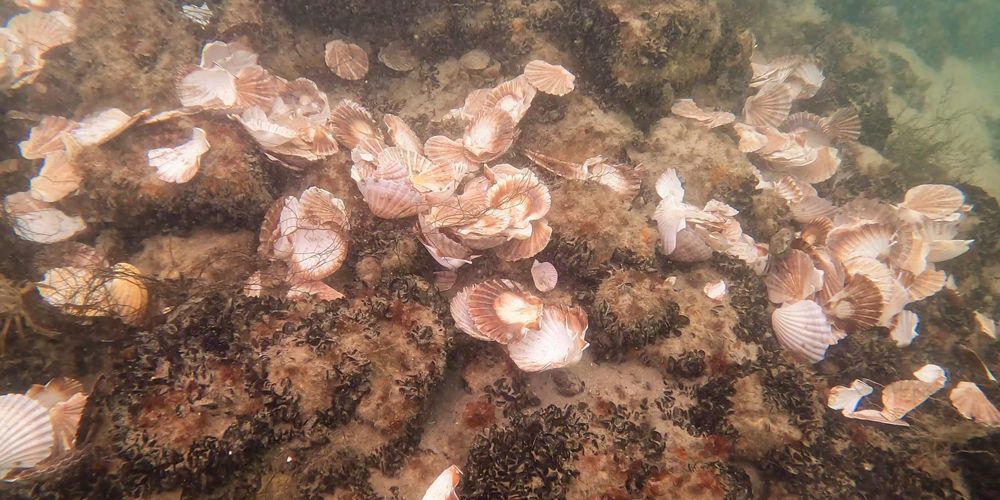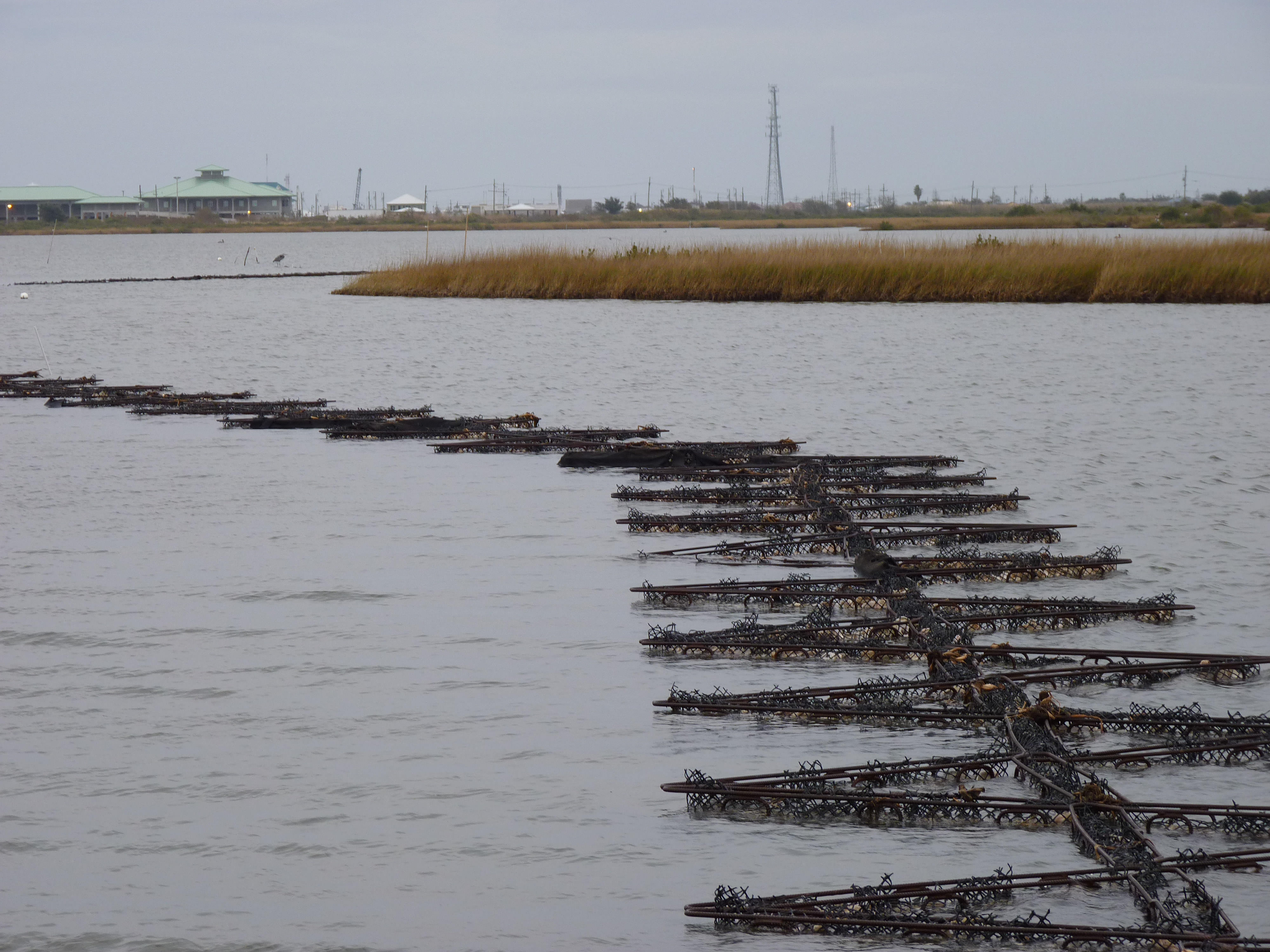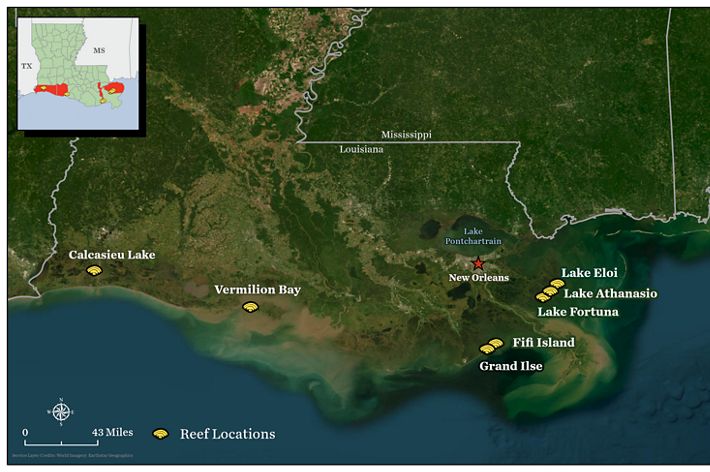Louisiana's Oyster Reefs
Protecting and Restoring Our Gulf Coast and Waters
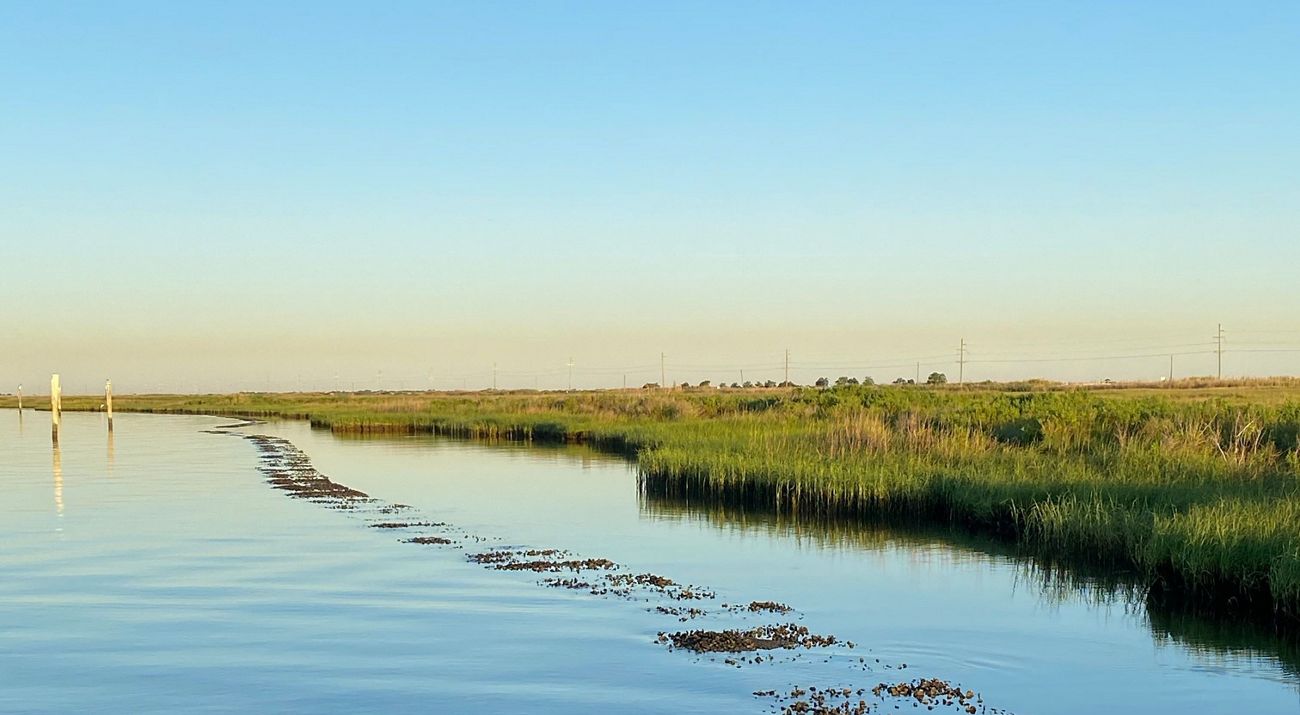
Delicious delicacies. Habitat heroes. Coastal protectors. Phenomenal filterers. Oyster reefs provide a myriad of ecological and economic benefits in Louisiana.
Oyster reefs were once so plentiful along the Gulf Coast that ships had to navigate around them. Today, they represent one of the most imperiled marine habitats on the planet, having lost 85% of their range. This is attributed to a variety of factors including water pollution flowing from inland rivers and streams, overharvesting, dredging and more frequent and intense storms.
While Louisiana has fared better than many other parts of the world, oyster reefs remain critically reduced. Losing healthy oyster reefs means losing the important benefits they provide to estuarine plant and animal species, coastal communities and local economies.
Natural Solutions
A single oyster can filter up to 50 gallons of water a day.
-

Creating Habitat
Establishing healthy oyster reefs provides critical habitat for a variety of marine species. In fact, our staff has witnessed a newly built artificial oyster reef come alive almost overnight. Reefs are also important nursery habitat for juveniles.
-
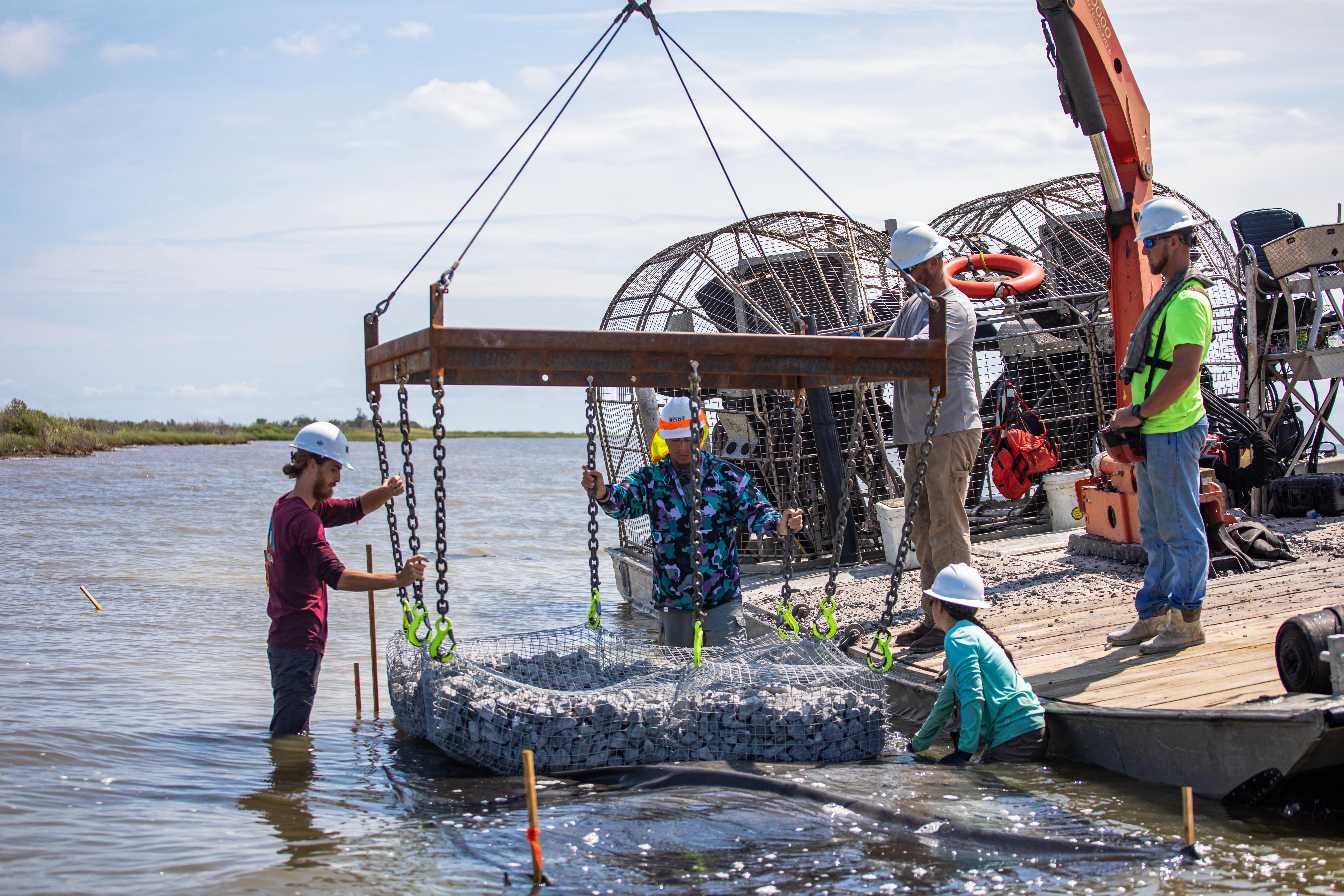
-
Safeguarding Shorelines
Oyster reefs enhance water quality, buffer and stabilize shorelines to prevent erosion, slow wave energy, and protect billions of dollars of infrastructure and the livelihoods of those who live and work along the coast.
Restoring Oyster Reefs
Even though oyster reefs have declined in the Gulf, we still have an opportunity to restore and sustainably manage them. The Nature Conservancy and partners are collaborating to rebuild oyster reefs across the Gulf, and Louisiana is one of the most viable places for oyster reef restoration.
Using a variety of materials—like metal gabion baskets filled with limestone and concrete and rebar structures—these artificial reefs invite oyster larvae to settle and grow and provide the same benefits as naturally occurring reefs.
The Louisiana State University (LSU) AgCenter monitors TNC’s oyster reefs across the coast and consistently finds strong oyster recruitment, survival and growth. Existing reefs—both natural and artificial—have also had a positive effect in slowing shoreline retreat. At many reef sites, LSU AgCenter on average found 50% less shoreline erosion behind the reef sites compared to sites without healthy reef habitat.
Building Coastal Resilience
TNC’s efforts to restore oyster reefs and salt marsh along the coast benefits wildlife and provides protection from storms, sea-level rise and erosion. TNC’s most recent project benefits vulnerable areas in Southwest Louisiana, including Sabine National Wildlife Refuge and portions of Hwy 27, a major evacuation and emergency services route for coastal communities.
Let's Build Something Big
Help us build healthy and resilient oyster reefs to benefit local communities and livelihoods.
